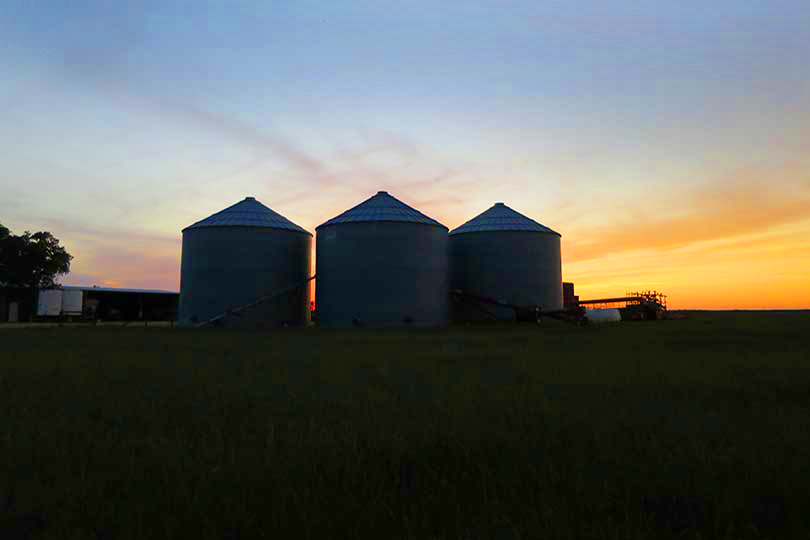By Jennifer Dorsett
Field Editor
In February, the U.S. Department of Agriculture (USDA) forecast a $3.1 billion increase in net farm income for 2020, welcome news to farmers and ranchers who had spent years grappling with increasing input costs and diminishing returns.
Then, the COVID-19 pandemic trampled the American economy, including the agricultural sector.
Now, the University of Missouri’s Food & Agriculture Policy Research Institute (FAPRI) has released an updated report, which estimates farm income to drop roughly 11 percent from USDA’s original projection. That decrease is largely due to the impacts of COVID-19.
FAPRI predicts government assistance of nearly $33 billion to farmers and ranchers will make up about 36 percent of farm income, the largest share since 2001.
Given projected market developments and the assumption of no new government payment programs, both net farm income and net cash income are forecast to decline again in 2021, with net farm income falling below $80 billion.
FAPRI’s report helps highlight that farmers and ranchers will need additional assistance to make it through these unprecedented times, according to Texas Farm Bureau (TFB) National Legislative Director Laramie Adams.
“This report proves there’s still work to be done in Congress and at USDA to make sure our farmers and ranchers can stay in business,” Adams said. “Agriculture was not dealing with good circumstances before COVID-19. Things have definitely declined since then, but we weren’t looking at a bright picture to begin with.”
The actual impact of the pandemic will depend on will depend on its intensity and duration.
“This is beyond farm families’ control, but they’re being heavily impacted by the pandemic,” Adams said. “Statistics and scenarios can be looked at different ways, but if we want to keep farmers farming, we need to continue looking ahead and provide enough assistance to keep them afloat until economic recovery can begin.”
Click here to read FAPRI’s June report.

